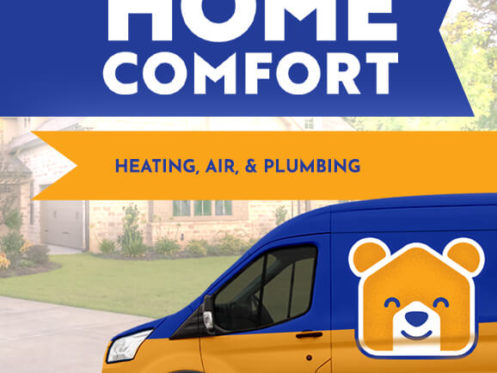Conventional gas stoves have been a mainstay of home heating systems for decades. They heat homes quickly and reliably when it’s cold outside. But, just like any other mechanical system, these stoves can have problems and break down. Homeowners should be aware of the common problems with standard gas stoves, which can range from minor annoyances to problems that could be dangerous. This will help ensure safety, comfort, and life.
1. Ignition Problems
The most common problem with traditional gas stoves is the ignition spark. This can occur as a result of a broken pilot light, a faulty electrical ignition system, or a problem with the gas supply. If your furnace doesn’t start up right, you won’t have heat. Your home will remain cold and uncomfortable, and depending on the source of the problem, it could be dangerous as well.
2. Lack of Heat
Your gas heater might be working but is failing to put out enough heat to keep your house sufficiently warm. This type of problem is often linked to a clogged air filter, which limits airflow and makes the heater less effective. In other cases, the boiler’s heat exchanger could have a crack, which allows heat to escape. Not only will you not get the heat you crave, but you could also be facing higher energy bills as your furnace works hard to keep up with demands.
3. Trouble With the Blower Motor
The gas furnace’s fan motor works to push warm air through the ductwork and throughout the house. If the fan motor isn’t working right, you might end up with cold spots, uneven warmth, or insufficient air passage. A broken fan motor might make strange sounds or not work. Maintenance and lubrication can help keep a fan motor from breaking down too soon.
4. Thermostat Malfunctions
When the thermostat doesn’t work right, you may struggle to keep your home at your desired temperature. The heater may not turn on when it should or stay on too long. You’ll end up wasting energy, and your furnace will experience unnecessary wear and tear. A new thermostat is often all that’s necessary to manage this common complaint.
5. Pilot Light Issues
Pilot light problems are common in older gas stoves with a standing pilot light. The pilot light could go out because of drafts, problems with the thermocouple, or a buildup of dirt and dust. If the pilot light won’t stay lit, the heater won’t start, and you won’t have heat. It’s important to ensure the pilot light works and that nothing is blocking it.
6. Leaks of Carbon Monoxide
Carbon monoxide (CO) leaks may be among the most dangerous malfunctions with gas heaters. CO is a colorless, odorless gas that can kill in large amounts. CO leaks can happen when heat exchangers have cracks, rusted gas pipes, or insufficient airflow. A carbon monoxide detector can alert you to trouble sooner.
7. Noises and Vibrations
Strange sounds from the furnace can be alarming and indicate that you may have a problem. Parts may be worn out or weakened, belts may be worn or damaged, and bearings may be broken. Ignoring the sounds could leave you facing more serious problems. A professional HVAC technician can identify the problem quickly and get your furnace functional again.
8. Short Cycling
This is when the heater goes on and off a lot in a short amount of time. Furnaces may be more likely to short-cycle when they overheat, the filter is clogged, or the furnace is simply too small for the house. Short cycling causes the furnace to heat less efficiently and can wear parts out faster, increasing the risk of total breakdown.
9. Air Quality Issues
Gas heaters do more than heat the air; they also move it around the house through the ductwork. If the furnace’s air filter isn’t changed often, it can get full of dust, allergens, and other debris, decreasing indoor air quality and increasing the risk of breathing problems and asthma for the people who live there. Changing the filters often and cleaning the ducts periodically can help keep the home air quality high.
Rely on the Pros
Gas furnaces that have been around for a long time are a safe way to heat a home, but they also have some common problems. For a safe and comfortable place to live, it is important to do regular upkeep, make fixes when needed, and have professional checks at regular intervals. Also, homeowners should keep an eye on their furnace’s health and take the right steps to fix problems as they come up. If you’re unsure, a skilled HVAC worker can help you figure out what’s wrong and fix it, making the gas heater last longer and work better.
Home Comfort Services is proud to offer repair, installation, and maintenance for your heating, cooling, and plumbing needs. We’ve been serving Grand Junction and the surrounding areas since 2016. Contact us today to find out more about gas furnaces.



